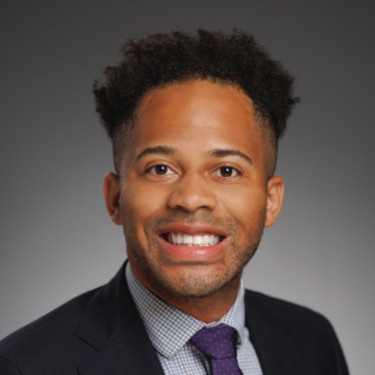When medical students make the important decision of what specialty they are going to commit to, there are many factors at play. Broadly speaking, the decision largely depends on finding a program and specialty that is well suited to their personality and learning style, which in turn, will maximize their individual potential. To avoid stereotyping, I acknowledge the following is not a universal truth and that there are a wide range of personalities within each medical specialty. However, different specialties tend to attract certain personalities based on the pace, acuity, patient population, and degree of interactivity. For example, the high acuity and relative unpredictability of the emergency department is going to attract a very different trainee compared with the one who aspires to work in a specialized outpatient geriatric clinic. The learning environments should therefore reflect the trainees’ personalities in order to maximize their potential. However, this may not always be the reality. A case in point is the learning environment in diagnostic radiology.
Coming from the perspective of someone who chose to go into diagnostic radiology, and therefore only qualified to give my opinion from that viewpoint, the specialty tends to attract a quieter and more introverted personality relative to other specialties. This isn’t surprising, as those joining the specialty are well aware that most of the work involves looking at images in a dark room for several hours, in a solitary environment, with relatively less human interaction than other subspecialties. Certainly, personal experiences may vary, but it requires a particular kind of individual to do that type of work. However, the way radiology residents are often educated seems to disregard this characteristic, with many educational endeavors centered around the infamous “case conference.” For those not in radiology or those who are unfamiliar with this concept, this is when the lecturer shows an unknown case on the screen and one of the audience members, usually a trainee, volunteers to attempt to describe the abnormality. This is usually followed up by a series of questions related to differential diagnosis, recommendations, and management. The difficulty lies in finding a radiologist trainee in the audience to volunteer. Many case conferences play out in one of two following scenarios:
Scenario 1:
Presenter: Shows unknown case. “All right. Who wants to take this case?”
Audience: Crickets.
Presenter: Proceeds to discuss the findings independently.
Scenario 2:
Presenter: Shows unknown case. “All right. Who wants to take this case?”
Audience: Crickets.
Presenter: “All right. Why don’t you (unwilling resident) take this case.”
Having spent time rotating and training at a few different institutions with nearly identical situations playing out, I have found that these scenarios are not unique to any particular institution. This teaching style essentially amounts to having the trainee give an impromptu presentation in front of their colleagues explaining their thought process — very much an outgoing, highly stimulating (not necessarily in a good way) learning environment, and in contradistinction to the introverted personality of many radiology residents. In many ways, the environment is not conducive to maximizing the potential of such trainees. Of course, case conferences were not born out of nothing, and perhaps may have come from attempting to mimic real-world scenarios, with clinicians coming into the reading room and asking the radiologist questions about unknown cases. However, this is still not an apples-to-apples comparison. In the latter situation, the radiologist is the expert and educator, rather than someone potentially being judged by their peers.
If audience participation and interaction is what lecturers want, then there are many ways to achieve this with various polling tools and other audience response systems. Alternatively, singular, guided questions requiring short answers rather than open-ended, tell-me-what-you-think questions are another potential option. Completely doing away with case conferences is also not a reasonable option as there are outgoing, extroverted radiology residents who would thrive in these circumstances. Ultimately, my hope is that lecturers and educators take into consideration the type of personnel they will be engaging when designing their educational curricula, regardless of specialty. In the case of radiology, my guess is that, if residents were asked about their thoughts on case conferences, the vast majority would provide positive feedback and say they enjoy them, with the implicit and unspoken caveat that as long as it is not them being asked to take the case.
Do you believe the learning environment should reflect medical trainees' personalities? Share your thoughts in the comment section.
Dr. Abdillahi M. Omar is the Chief Resident at the Detroit Medical Center - Wayne State University Diagnostic Radiology residency program. He is also an MBA candidate at the University of Michigan Stephen M. Ross School of Business. He enjoys weightlifting, mixed martial arts, PC gaming, and is a blockchain technology and cryptocurrency enthusiast. Dr. Omar is a 2022–2023 Doximity Op-Med Fellow.
Image by Denis Novikov / GettyImages







